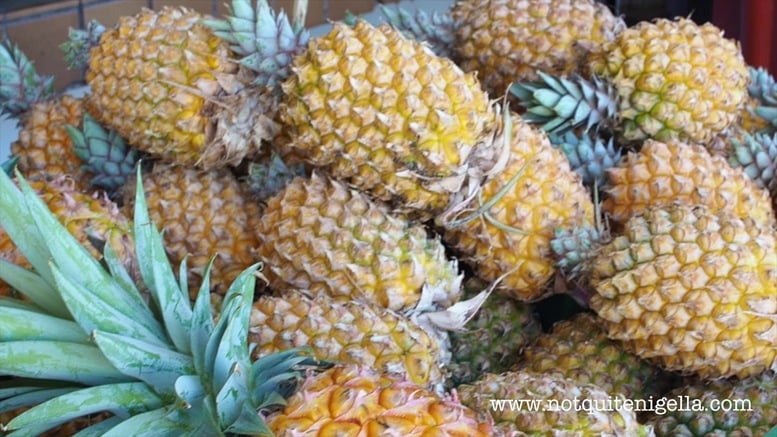
Demand for pineapple is high in the world - Illustration photo
Vietnamese pineapples are present in more than 100 countries.
According to the Vietnam Fruit and Vegetable Association, by the end of May 2025, Vietnamese pineapples were present in more than 100 countries and territories. The largest market was the European Union (EU) with a turnover of 16.56 million USD, accounting for 48% of the total export value, of which the Russian Federation led with 9.4 million USD. The US market ranked second with 7.2 million USD, accounting for 20.9%.
Mr. Dang Phuc Nguyen - General Secretary of the Vietnam Fruit and Vegetable Association - commented: "The global pineapple market is 'vast' with strong consumption trends. Currently, many places 'have no goods to sell' because demand is too high."
Data from the Ministry of Agriculture and Environment shows that the pineapple growing area nationwide is currently about 52,000 hectares, of which 48,000 hectares have been harvested, with an average yield of 184.1 quintals/hectare, and an output of more than 860,000 tons/year. The target by 2030 is to reach 55,000 - 60,000 hectares with an output of 800,000 - 950,000 tons. Key provinces include Ninh Binh, Thanh Hoa, Quang Nam, Tien Giang , and Kien Giang.
Notably, the production structure has been adjusted to spread out the planting season, ensuring the supply of fresh pineapples all year round, especially the off-season crop from November to March, meeting processing and export capacity. The off-season area currently accounts for 30-40% of the total area.
According to research, the global pineapple market size will reach 28.79 billion USD in 2024 and is expected to grow at a CAGR of 6.33%/year to 39.13 billion USD in 2029. Europe and North America account for 50% of consumption demand, showing that there is still a lot of room for export. Costa Rica, Indonesia and the Philippines are currently the three leading pineapple exporting countries in the world.
Vietnamese pineapples have many competitive advantages, especially in deep processing products. DOVECO’s concentrated pineapple juice has been exported to more than 50 countries and is highly appreciated. Japanese customers are willing to pay 4,000 USD/ton, 1,000 – 1,200 USD higher than the EU and US markets – a testament to the quality and reputation of Vietnamese pineapples.
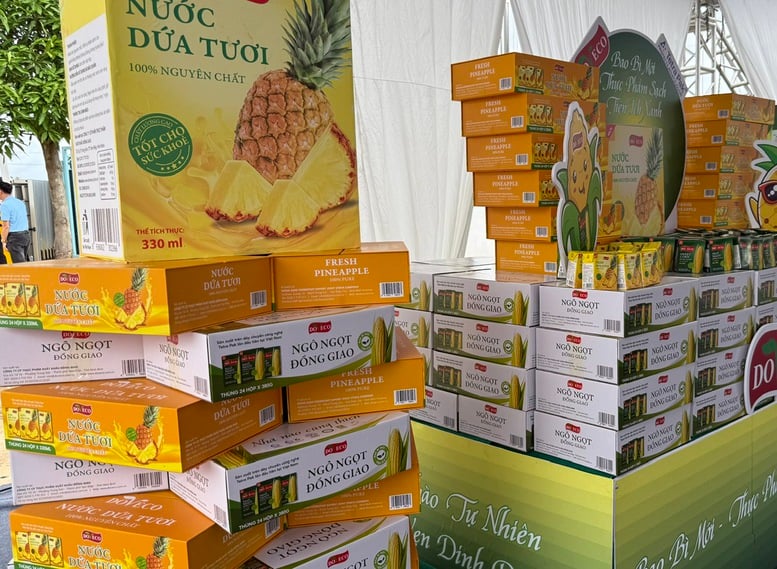
Vietnam has been able to deeply process many products from pineapple - Photo: VGP/Do Huong
Challenges to overcome
Despite its great potential, the Vietnamese pineapple industry still faces many limitations: monotonous varieties, lack of high-yield and disease-resistant varieties, substandard raw material areas, low processing rates, and a lackluster national brand. Production links are loose and the market poses potential price risks.
MSc. Ngo Quoc Tuan (Department of Crop Production and Plant Protection) said that although Vietnam has exported to 122 countries, it has not opened any technical dossiers for new markets. The EU is a market that can take advantage of the EVFTA better.
Mr. Dang Phuc Nguyen proposed: "The pineapple industry needs a clear strategy from expanding raw material areas, improving varieties, applying techniques, to building irrigation systems. The State should have preferential credit policies because the initial investment cost is high, about 120 - 130 million VND/ha."
Mr. Nguyen Manh Hung, Chairman of Nafoods, emphasized the role of planning and controlling the market, avoiding mass planting when prices are high, and at the same time strictly managing regulations on pesticide residues so as not to affect the overall reputation.
Regarding pineapple varieties, Vietnam currently grows three main varieties: Queen, Cayenne and MD2. Of these, MD2 accounts for 50-55% of the global market share and 70-75% of the EU market share thanks to its superior quality. However, in Vietnam, MD2 only accounts for less than 5% of the area.
The reasons are slow propagation speed and high cost. MD2 variety imported from Costa Rica costs 11,000 VND/bud but is small in size, causing capital pressure for farmers. Domestic propagation techniques, including both tissue culture and asexual propagation, still cannot meet the demand for rapid expansion.
Mr. Dinh Cao Khue, Chairman of the Board of Directors and General Director of DOVECO, proposed planning concentrated growing areas, applying mechanization, investing in post-harvest processing technology and applying VietGAP and GlobalGAP standards to increase value.
Associate Professor Dr. Pham Anh Tuan (Institute of Agricultural Mechanics and Post-Harvest Technology) stated that pineapple is a perishable fruit, so it requires preservation technology and deep processing: canned pineapple, juice, jam, fermented products, etc. This is a way to increase export value and reduce market risks.
In fact, the economic efficiency of MD2 pineapple far exceeds many other crops. With 1 hectare, an 18-month cycle can yield a profit of more than 700 million VND, many times higher than rice, cassava or acacia. Pineapple can be grown year-round, regardless of the season, which is a great advantage in export.
Mr. Nguyen Quy Duong, Deputy Director of the Department of Crop Production and Plant Protection, said that the planning for 2030 is expected to reach 60,000 hectares of pineapple. Given the strong increase in demand, it is necessary to adjust the planning, paying special attention to the Chinese market - where there is huge consumption.
Do Huong
Source: https://baochinhphu.vn/trai-dua-viet-nam-dang-dung-truoc-co-hoi-but-pha-huong-toi-muc-tieu-ty-usd-102250808094959572.htm



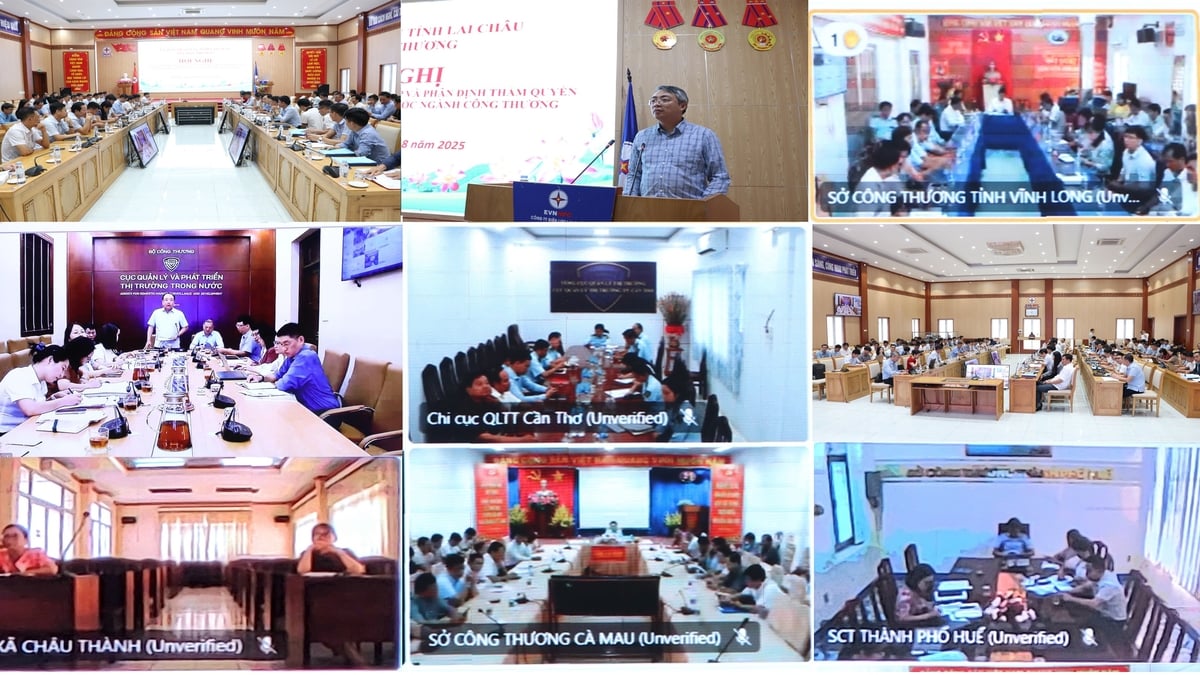
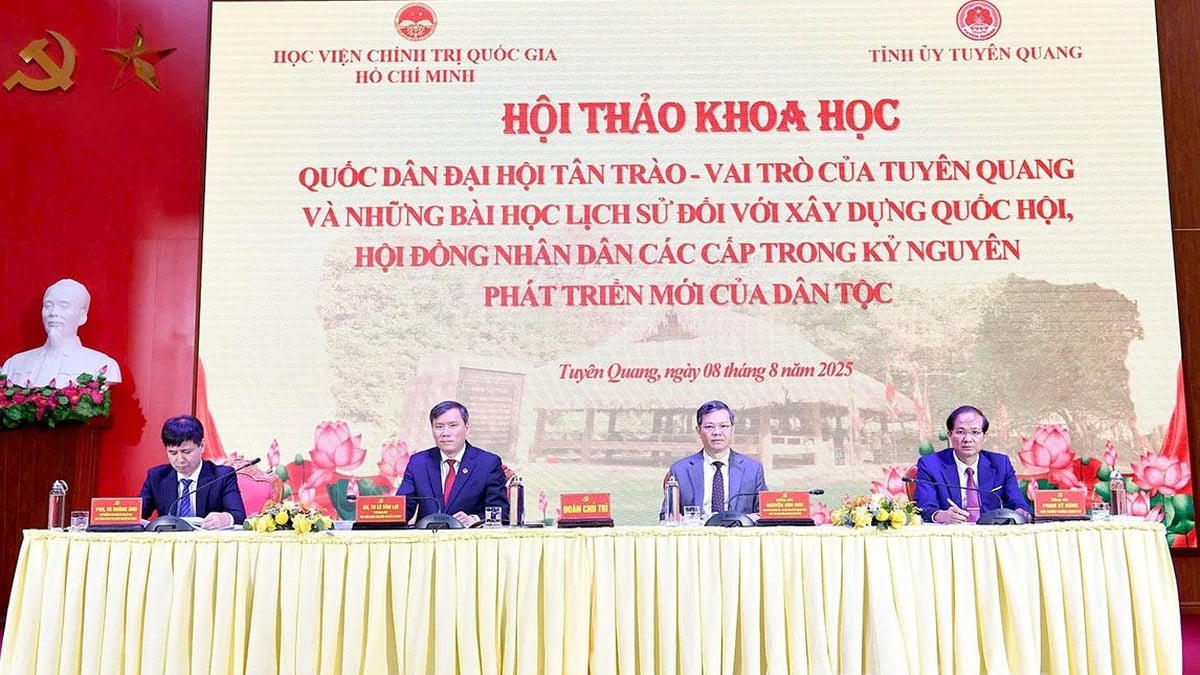

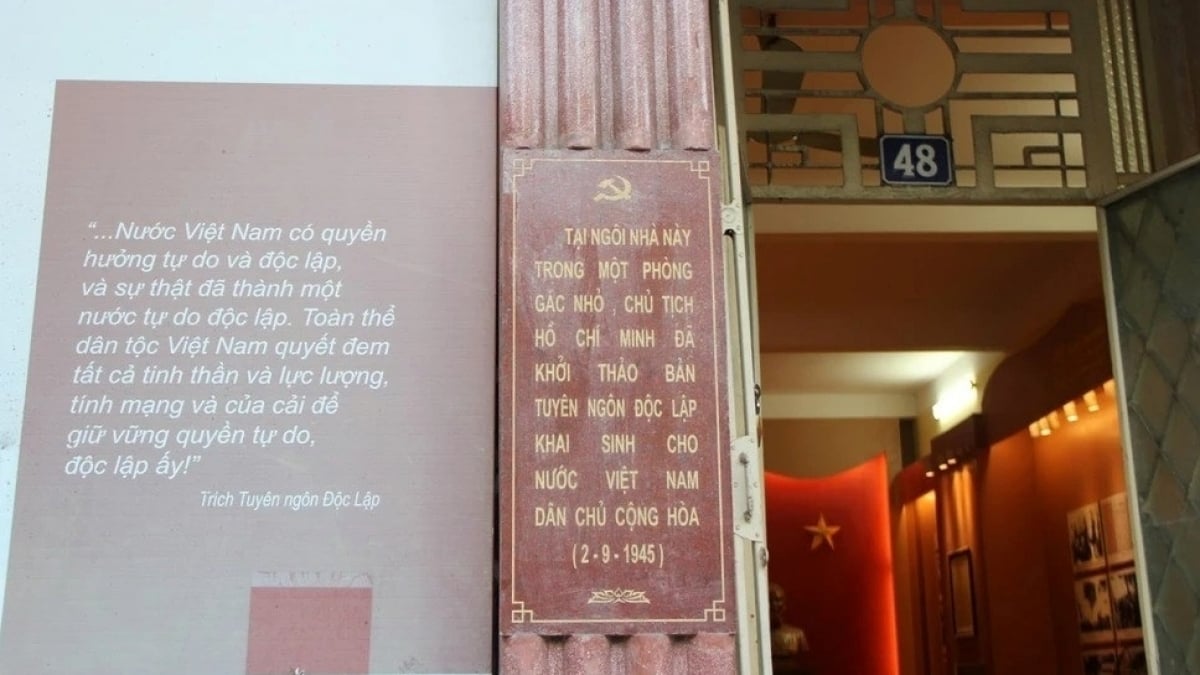



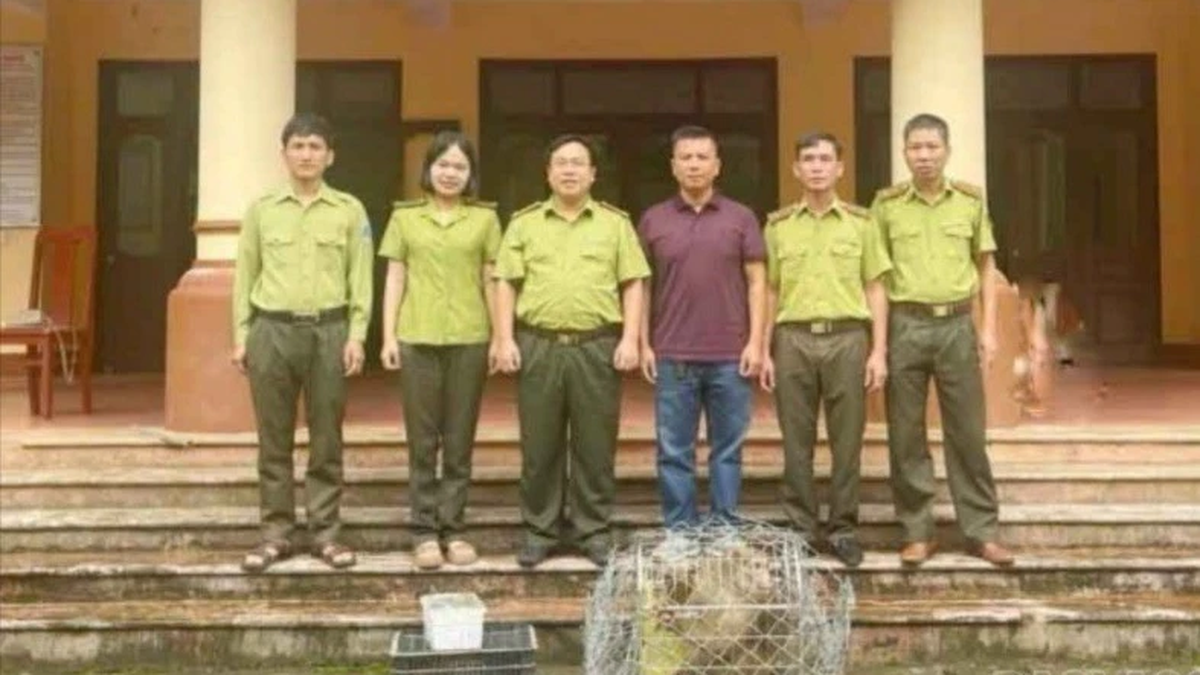














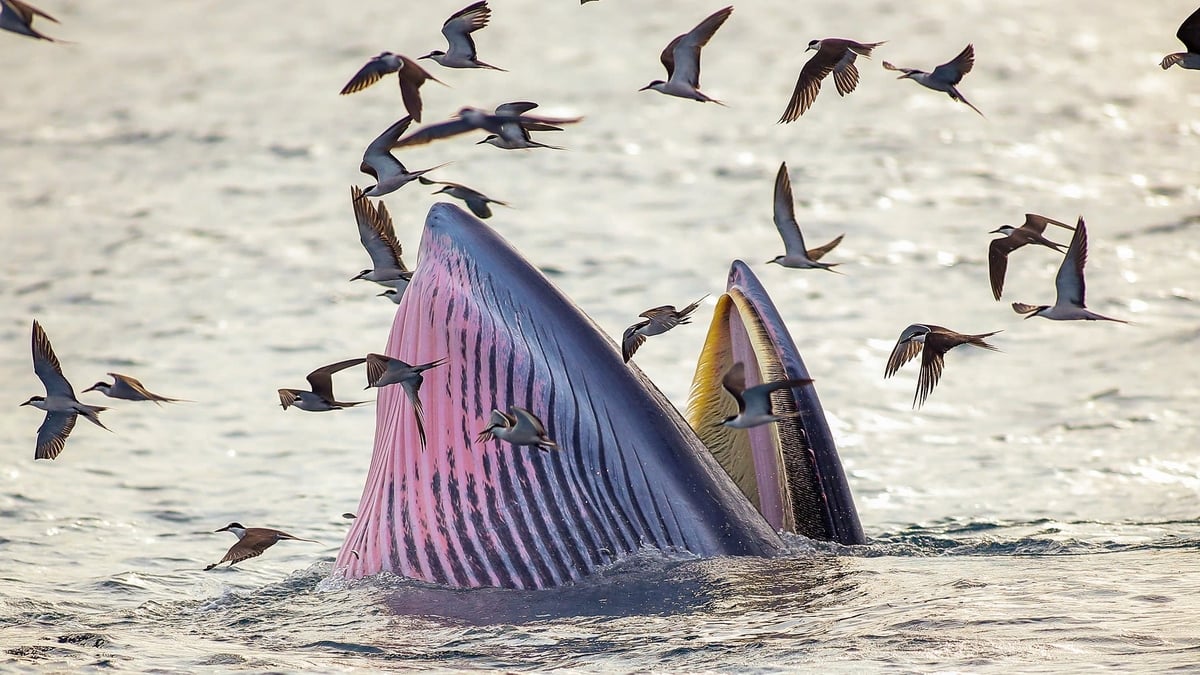






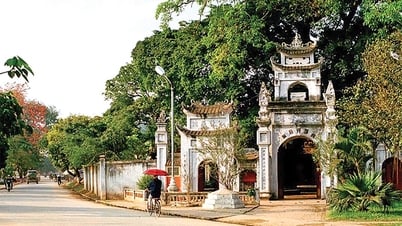



















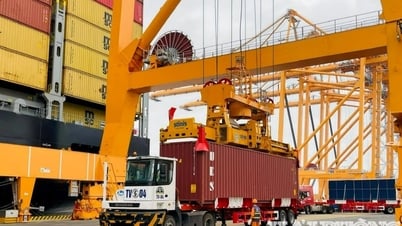








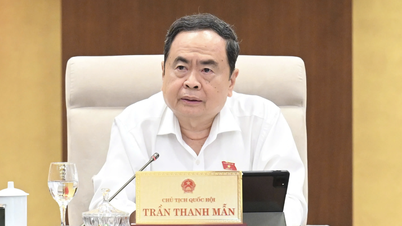































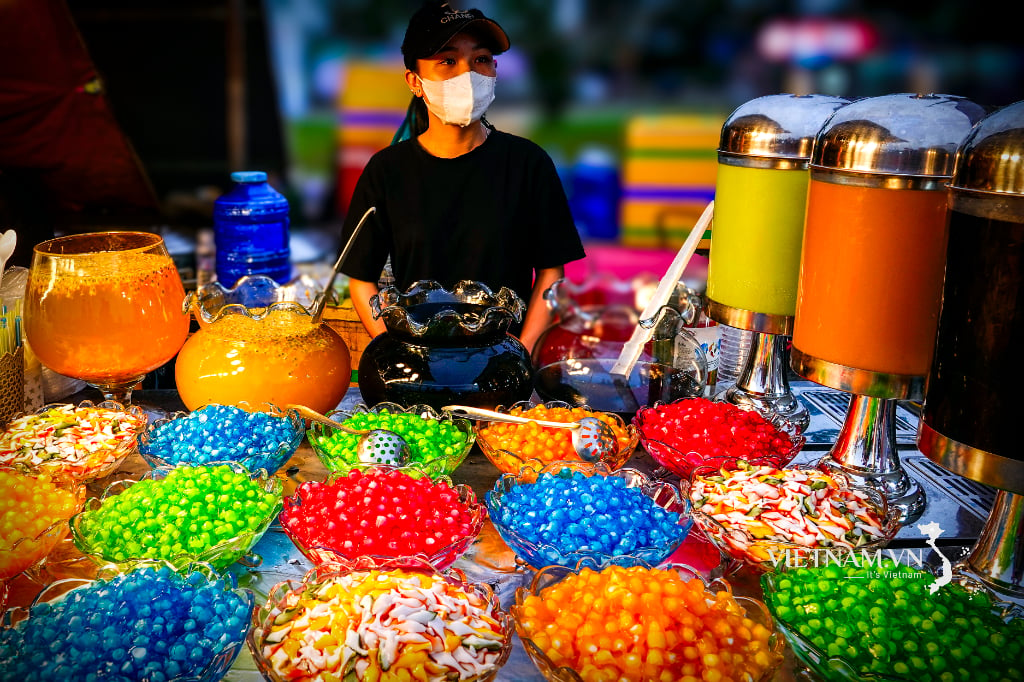

Comment (0)